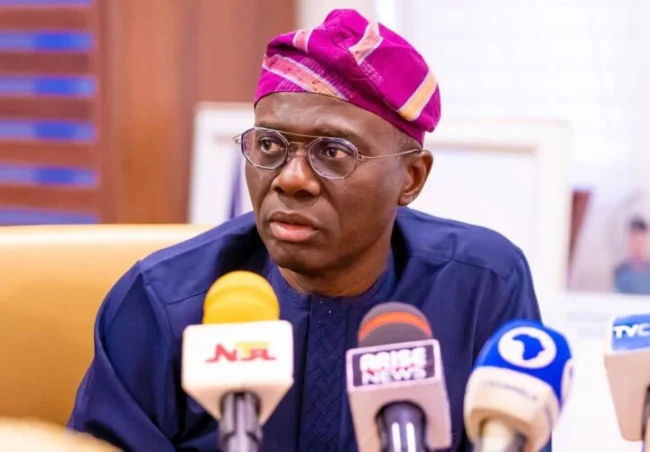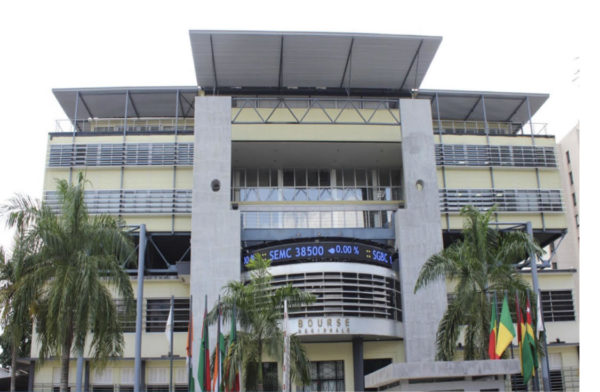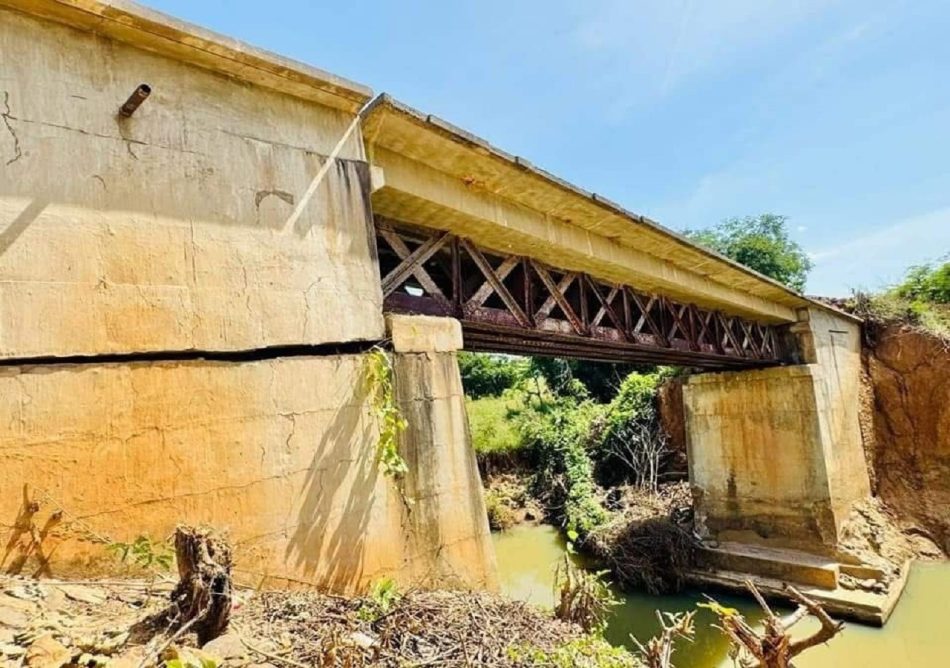The Lagos State Government has set an audacious target: generate 6 gigawatts (GW) of electricity within the next three years—more power than several African countries currently produce. Unveiled by Governor Babajide Sanwo-Olu at the Lagos Electricity Market Summit, this plan aims to drastically improve energy access in Nigeria’s commercial capital and reduce reliance on the national grid. But as bold as this vision is, questions abound: Can Lagos deliver? Is the market ready? And will the state’s economy support this massive leap?
A New Energy Future. Lagos, a sprawling megacity of over 20 million people, currently depends heavily on Nigeria’s unreliable national grid, which generates around 4,000 MW on a good day—shared among over 200 million people. By contrast, Sanwo-Olu’s plan for 6,000 MW exclusively for Lagos would not only eclipse the current grid supply but also surpass the entire installed capacity of many African nations like Ghana, Senegal, and even Kenya.
This ambition is backed by new legislation—the Lagos State Electricity Law signed in December 2024. It provides a legal and regulatory framework for private sector participation in energy generation, distribution, and sale within the state. It effectively decentralizes energy governance, a move made possible by Nigeria’s 2023 constitutional amendment that allows states to regulate electricity within their borders. The goal? Energy independence powered by a mix of gas, solar, and captive generation.
Is 6GW Achievable? While the ambition is inspiring, achieving 6GW in three years will be a herculean task. For context, South Africa—Africa’s most industrialized economy—took years to add similar capacity despite massive investments. Lagos will need more than just vision; it will require a robust pipeline of technical, financial, and regulatory mechanisms.
Governor Sanwo-Olu noted that the state has started seeking Expressions of Interest (EOIs) from developers for gas-fired plants, solar farms, and hybrid projects. However, project development, from financing to land acquisition, permitting, and environmental assessments, can be time-consuming. A realistic concern is whether these projects can break ground and begin producing power at scale within the tight three-year window.
Where Will the Money Come From? Generating 6GW of power could cost between $8 to $10 billion, depending on the technology mix and infrastructure requirements. While Lagos has a robust Internally Generated Revenue (IGR)—reportedly over ₦700 billion annually—this is still not enough to shoulder such a capital-intensive venture alone.
That’s where private investment becomes crucial. The Lagos Electricity Law is designed to attract Independent Power Producers (IPPs), foreign investors, and development finance institutions. With the right incentives—tax breaks, land guarantees, and reliable regulatory oversight—Lagos could become a power investment hotspot. However, lingering issues such as regulatory uncertainty, forex volatility, and project risk remain hurdles that could deter major investors.
Is the Market Ready for 6GW? Another pressing question is, “even if Lagos achieves its 6GW target, is there enough demand to absorb and monetize that power?”
The answer leans towards yes—with caveats. Lagos is Nigeria’s economic nerve center, contributing nearly 30% of national GDP. It houses thousands of businesses, from large industries and tech parks to commercial buildings and residential estates, many of which currently rely on expensive diesel generators due to chronic grid failures.
But, for new generation to be viable, there must be a corresponding distribution and billing structure that guarantees revenue recovery. Power theft, poor metering, and non-payment are endemic challenges in Nigeria’s energy landscape. Unless Lagos develops a modern, smart grid with pre-paid metering, real-time monitoring, and strong consumer accountability, the dream of a self-sustaining power market could stumble.
If successful, this energy push could supercharge Lagos’ economy, reduce production costs, increase competitiveness, and attract more foreign direct investment (FDI). Small and medium enterprises (SMEs)—the lifeblood of the local economy—would benefit enormously from stable power. Health, education, transport, and even public safety would also see gains from consistent electricity.
More broadly, Lagos’ move sets a precedent that other Nigerian states and African cities could emulate. It aligns with Africa’s broader push for regional integration, including through the African Continental Free Trade Area (AfCFTA) and plans for an African Common Market. A Lagos with surplus power could eventually become an energy exporter within the West African Power Pool (WAPP), supporting regional trade and connectivity.
The Lagos State Government’s 6GW electricity goal is bold, necessary, and long overdue. It reflects a growing understanding among African sub-national leaders that energy is the engine of development. But the path forward is steep. It will take political will, investor confidence, efficient regulation, and public-private coordination to realize this vision.
If Lagos pulls it off, it could become not just Nigeria’s economic capital, but Africa’s energy innovation hub. If it fails, it will still serve as a cautionary tale—and perhaps a blueprint—for other cities aiming to light up the future.
Photo – Governor of Lagos State, Babajide Sanwo-Olu




